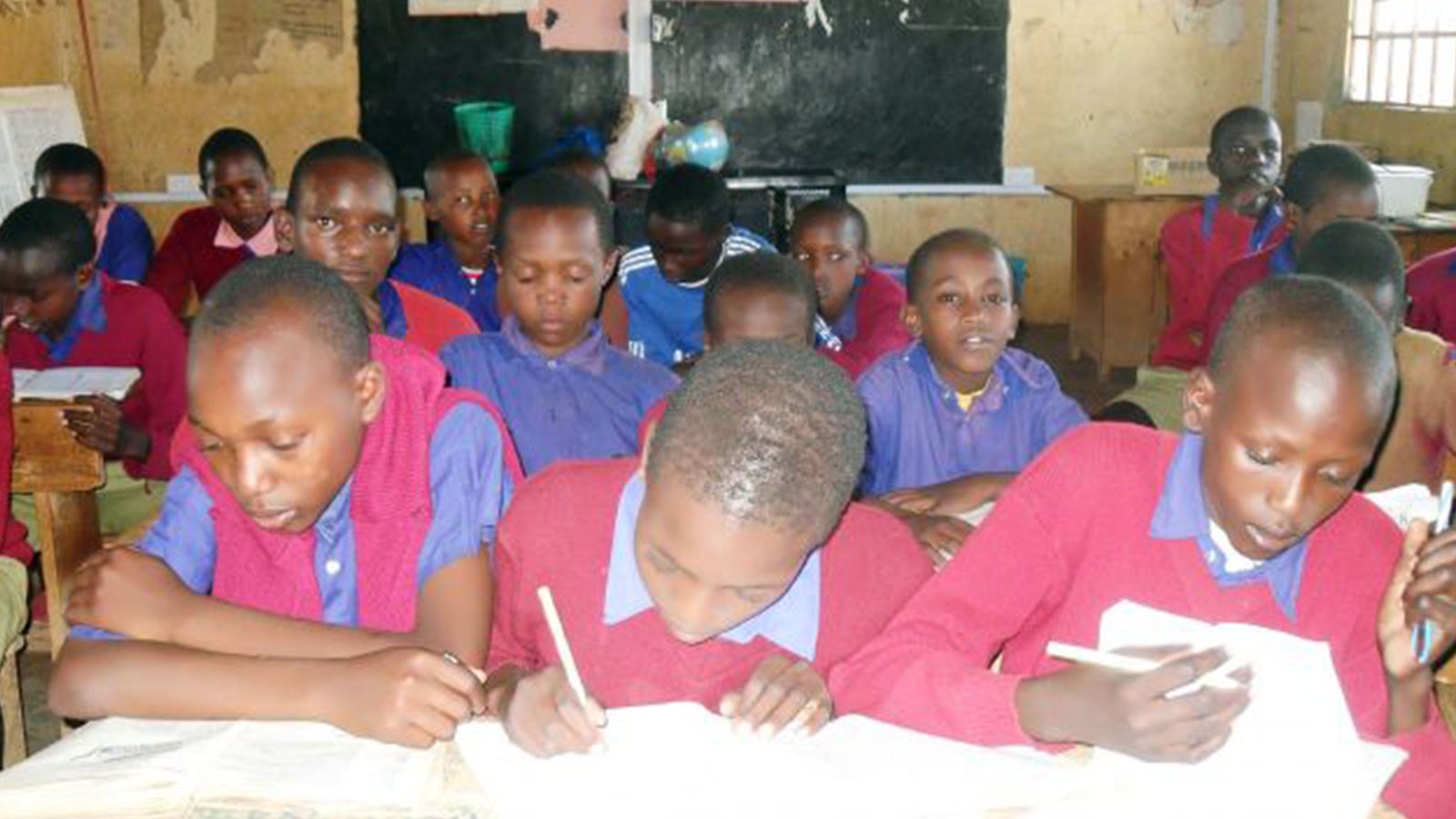Kenya’s secondary schools’ administration has been in the eye of a storm since schools reopened in October 2021. Since then, students have set on fire 35 schools and counting, forcing the government to announce an unscheduled break from school – ahead of the planned December 23 closing.
Sarah Kitana, a secondary school teacher in Kathiani, Machokos County, tells IPS that fewer students are in classrooms after a year of COVID-19-driven disruptions and the ensuing prolonged out-of-school period. This is even more evident in rural areas.
“Those that returned are finding it very difficult to cope with the new fast-paced learning to make up for the lost time. Secondary school students take on eight to 13 subjects. Some schools have their students waking up at 3.00 am to be in class by 4.30 am and to end the day at 10.45 pm,” she says.
“These are efforts to help bring some normalcy to a disrupted, restructured and shortened academic calendar. It will take up to January 2023 for Kenya’s school calendar to regain some normalcy.”
Pre-COVID Africa and more so, sub-Saharan Africa was already off-track to achieve Sustainable Development Goal 4 to “ensure inclusive and equitable quality education and promote lifelong learning opportunities for all.”
In 2019, UNESCO’s Institute for Statistics indicated that of all regions, sub-Saharan Africa has the highest rates of education exclusion, as, over one-fifth of children between ages six and 11, one-third of 12 to 14-year-olds and 60 percent of those aged 15 to 17 were not in school.
In July 2021, UNICEF announced that at least 40 percent of all school-aged children across Eastern and Southern Africa were out of school due to COVID-19 and other pre-pandemic challenges facing the persistently fragile education system.
UN data shows there are at least 15 countries with active armed conflict in sub-Saharan Africa. Civil war, adolescent girls’ pregnancies, child marriages, access challenges due to disabilities, climate change-induced displacements, COVID-19 economic shocks will only increase the number of out of school children, says Josephat Kimathi, an educationist at Kenya’s Ministry of Education.
Missing out on education can have lifelong impacts. Save the Children’s July 2020 forecasts suggested that children, at that time out-of-school due to pandemic-driven school closures, could lose out on $10 trillion in earnings.
In 16 out of Kenya’s 47 counties, a baseline survey by UNICEF found that more than 27,500 children with disabilities were out of school.
Not only has an entire generation’s education disrupted in the history of humanity, Kimathi says quality, safe, gender-responsive and inclusive education for Africa’s children is increasingly out of reach.
“In comparison, Kenya is a fairly stable country. But the fact that 1.8 million children and adolescents aged six to 17 years are out of school. Another 700,000 small children, aged four to five years, cannot access early childhood interactive opportunities to prepare them for entry into primary school speaks volumes about less stable nations,” Kimathi tells IPS.
One in four children in Africa live in conflict zones. A new analysis by Save the Children of 12 countries at extreme risk of increased school dropouts show that apart from Afghanistan, Pakistan and Yemen, the rest are African countries, including Cote d’Ivoire, Guinea, Liberia, Mali, Chad, Niger, Mauritania, Nigeria and Senegal.
Across Africa, Kimathi says, the poorest children in rural, drought-stricken, minority and marginalized communities will suffer the most from the devastating effects of the pandemic.
Grace Gakii, a Nairobi-based gender expert, says the pandemic is already pushing even more girls out of Africa’s education system. At least one million girls in Africa may never return to school, according to a 2021 report by the Mo Ibrahim Foundation.
Pre-COVID, nine million girls between six and 11 years, compared to six million boys of the same age, living in sub-Saharan Africa will never go to school, according to UNESCO.
Gakii speaks of escalating challenges in arid, semi-arid and pastoralist communities to enrol and retain girls in school and fears losing gains made.
Elangata Enterit boarding primary school in Kenya’s pastoralist community of Narok South is a perfect example of success. In 2007, the school did not have a single girl sit for the crucial and compulsory Kenya Certificate of Primary Education (KCPE).
With intervention, the number of girls sitting for KCPE rose to 30 students in 2016 and continues to grow.
Despite 42 countries in Africa providing free and compulsory primary school education and the Africa Union Member States striving to invest at least 20 percent of their domestic budget in education, before COVID-19, UNESCO data shows that 100 million children were out of school in sub-Saharan Africa.
In July 2020, Save the Children estimated that the pandemic-driven “recession will leave a shortfall of $77 billion in education spending in some of the poorest countries in the world over the next 18 months.”
Kimathi says that Africa will need context-specific education plans to help build resilience against shocks to an already weak education system to get back on track. It will also need money to implement the action plans. Finally, it will require proactive measures to keep children safe and systems to track and ensure that the continent stays on course.
He lauds Kenya’s efforts to accelerate the implementation of the right to education for all children.
This includes the ongoing ‘Operation Come to School Programme’ targeting 16 rural Counties notorious for out-of-school children.
This, he says, is critical to achieving SDG 4, especially in light of dire predictions by UNESCO estimating that 50 percent of children in sub-Saharan Africa will not complete secondary school education by 2030.
Source: IPS
Featured image: African students in classroom. Quality, safe, gender-responsive and inclusive education for Africa’s children increasingly out of reach, say experts. (Joyce Chimbi, IPS)














